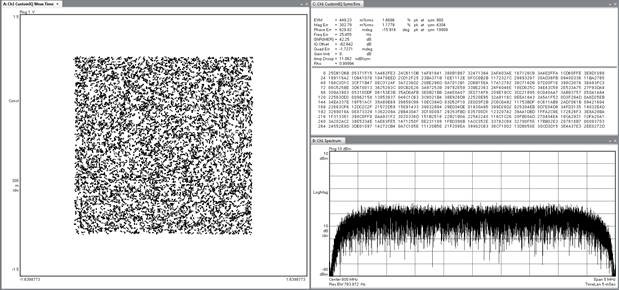Department of Electrical and Computer Engineering ECE Guest Lecturer
5G Wireless: The End of Linear RF Transmitters
Dr. Quentin Diduck
Wednesday, September 26, 2018
Noon–1 p.m.
1400 Wegmans Hall
5G Wireless: The End of Linear RF Transmitters
Dr. Quentin Diduck joined Eridan Communications in 2014 and is currently the Director of Product Development. Dr. Diduck’s primary focus is on the commercialization of the MIRACLE(tm) module transceiver. By using his experience with gallium nitride circuits and CMOS mixed signal design he has been able to provide key technology developments that have enabled transmitters to support both large bandwidth and high efficiency. Prior to joining Eridan Communications, Dr. Diduck worked for Avogy Inc. developing high voltage vertical power transistors using free standing gallium nitride. Additionally he worked for Group4 Labs Inc. developing gallium nitride on diamond substrates and high power RF transistors using that material system. Before joining Group4 Labs, Dr. Diduck was a post-doctoral researcher at Cornell University and worked for Professor Lester Eastman on developing GaN based - ballistic transport devices as well as high frequency RF components. During this time he developed novel fabrication methods for gallium nitride on diamond HEMT devices resulting in unity current gain frequencies in excess of 90 GHz. Currently Dr. Diduck holds ten US patents, several journal publications and over 400 citations. Additionally he has served as a reviewer for multiple conferences and journals. Dr. Diduck completed his B.Sc. degree in electrical engineering at the University of Alberta, Alberta, Canada, in 1998, and then worked in industry for four years before completing his MS and Ph.D. degree in electrical engineering at the University of Rochester, Rochester, NY in 2007.
Abstract:
Modern RF signals are ever increasing in complexity in an effort to achieve high data rates. The complexity of these signals correspond to higher peak to average power ratios, that is to say that most of the time the transmission power is much lower than the peak power. Transmitters based upon linear amplification achieve best efficiency at maximum power and are inefficient at low powers, thus it is a challenge to achieve a power efficient linear system with modern signal vectors. In this presentation we will discuss the use of the sampling theorem to free us from the limits of linearity. By using an advanced form of polar signal processing, we have created a new RF transmitter architecture that is efficient regardless of signal type. Unlike envelope tracking methods, this architecture has a theoretical RF efficiency limit of 100% and a practical modulated signal efficiency of 80% for constant envelope signals and generally greater than 50% for complex waveforms. In addition to facilitating high efficiency, this transmitter architecture supports precise signal representations of some of the most complex signals known. Independent signal measurement of 16384-QAM (WCDMA like) signals produced using our novel transmitter has been demonstrated at Keysight Technologies with error vector magnitude levels below 0.45% rms at 400mW average power. The novel transmitter design is inherently broadband, allowing for one transmitter to operate from 200MHz to 3GHz, eliminating the need for multiple designs for different signal bands and signal types. The ability to produce any arbitrary IQ waveform at power - efficiently, over a broad range of frequencies, describes the first true software defined radio transmitter.

Figure 1. Demodulation of a 16384-QAM with 0.45% EVM with 400mW average power – measurement performed using a signal using a Keysight MXA model N9020A
Refreshments will be provided.
